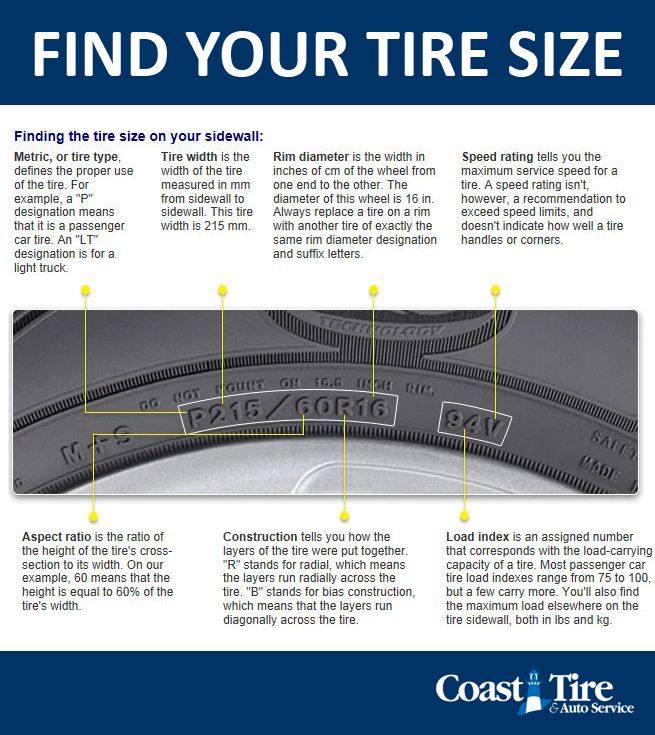This post may contain affiliate links. If you click an affiliate link and make a purchase, I may earn a commission. Also, as an Amazon Associate, I earn from qualifying purchases.--
If you’re looking at what pressure your 20-inch bike tires should be, then there’s a simple answer and a more complex one. The simple first:
20-inch bike tires would generally use a PSI between 30 and 50. The exact optimal PSI would depend on the manufacturer’s suggestions, the terrain, and the type of riding you will be doing.
In this article, I’ll go over everything you need to know about bike tire pressure for your 20-inch bike, particularly the following factors:
Tire pressures exist to make sure your bike rolls smoothly and quickly while avoiding as many flats as possible.
If you have typical narrow road tires, they would be optimal at about 80 to 130 PSI. On the other hand, mountain tires require 25 to 35 PSI. Moreover, hybrid tires settle at a comfy in-between of 40 to 70 PSI.
However, with that being said, almost all tires would come with a recommended tire pressure or range. These exist to minimize wear but aren’t necessarily efficient.
Plus, there are a few rare cases where the recommended pressure is not indicated. As a rule of thumb, you should then pump your tire until it’s firm but slightly squeezable.
You can read on for more details on respective tire pressure for the various types of bicycles:
20-inch mountain bikes would be designed to fly over bumpy and loose terrain. So, if you keep tires with too much air, you’d experience too much bounce.
Hence, the ideal mountain bike tire pressure would lower pressures for more shock absorption and traction.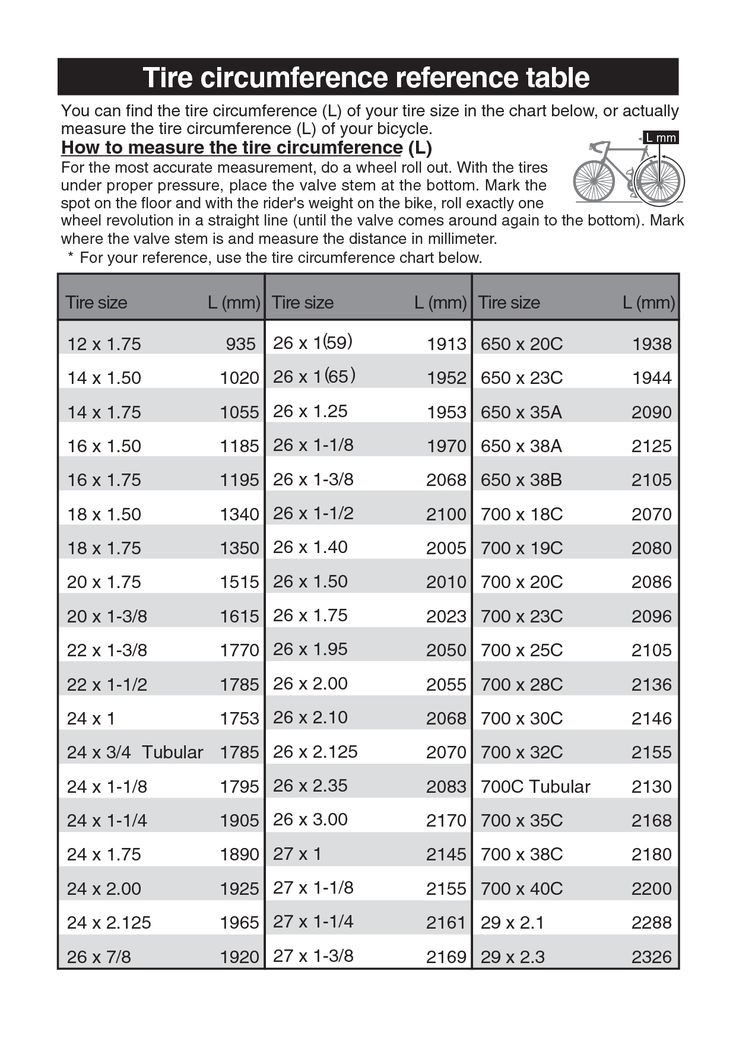
Due to this, the recommended pressure is around 30 to 50 PSI for most 20-inch mountain bikes. This is considered a good balance between an on-road tire pressure (approximately 50 PSI) and an off-road riding pressure (closer to 30 PSI).
As somewhat discussed earlier, tire pressures can have two substantial impacts on your bike’s performance. These include grip and rolling resistance. The following are details on each:
Rolling resistance is defined as the amount of friction between a surface and a tire. This friction increases with resistance in movement and increased contact with the ground.
So, if you have an underinflated tire, this causes too much contact with a surface. Therefore, in consequence, it’s too much rolling resistance.
Although, you may be surprised to know that an over-inflated tire would also have the same effect of increased rolling resistance.
This is because too much air results in your tire becoming too bouncy, rather than encouraging a smoother journey.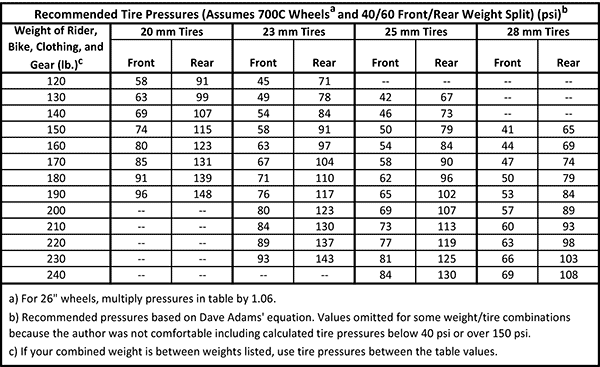
Grip levels are determined by how much contact a tire makes with a surface. It ensures that the tires conform to the route they’re rolling over.
And this grip level would increase with more contact.
As a result, if the tire is overinflated, it’d just bounce off the surface or roll on the central strip only.
30 to 50 PSI is the recommended tire pressure for a 20-inch mountain bike (depending on the type of cycling you intend to do on it)When it comes to tire pressures, nothing is really as simple as it seems. Though I’ve already indicated a few aspects to think about, there’s still a lot worth considering.
In consequence, the following are a few factors that influence the ideal tire pressure.
This isn’t a well-known fact, but the temperature does play a significant role in dealing with air pressure. In particular, physics explains that increasing temperature leads to higher pressures.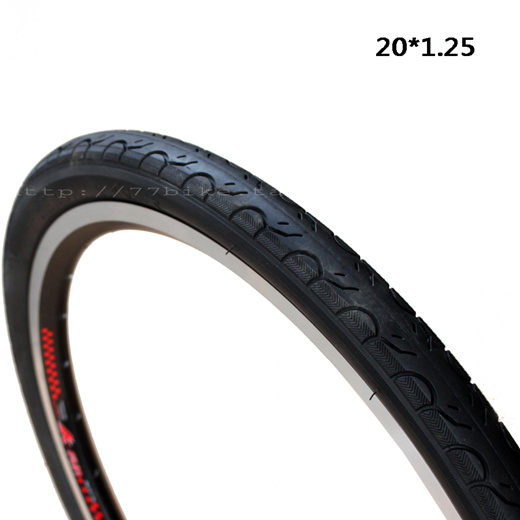
So, if you’re cruising along the beaches of Miami during summer, you’re bound to experience higher pressure than someone on a bike in Alaska during winter.
Likewise, rapid deceleration can generate friction which also increases the temperature. Fortunately, this has a quicker cool-off period, but it’s still something to be aware of.
You should know that more weight results in more pressure. So, if you’re planning on going on tour or cruising, you need to account for load.
For example, heavier riders would use a higher PSI than lighter riders for the same riding quality. In particular, a 200-pound load would need about 20 PSI more than a 160-pound load.
With that said, there isn’t really any rule to determine this PSI difference. Your only option is to experiment with what you have.
You can play around with the pressure to figure out what’s best for you. You should also keep in mind that rear tires tend to carry most of the load, so you should adjust accordingly.
A common question by beginners is how often you should inflate your tires.
Well, for starters, this depends on your riding technique and style.
If you’re a merciless cyclist, you may need to pull out the pump every few days. Meanwhile, more gentle riders would inflate their tires only once a week or month.
If your bike is left in storage for months between use, you still may not need to inflate your tires as much. Air usually seeps out at an excruciatingly slow rate anyway.
So, the most ideal practice is to just check your tires before a journey. If they feel too soft, inflate them until they’re stiff again.
As crucial as tire pressure may be, it’s equally vital to find the right balance. You shouldn’t over-inflate because that increases the risk of blowing out a tube by pumping or sudden impact.
Likewise, you shouldn’t underinflate either, as the low pressure encourages pinch flats.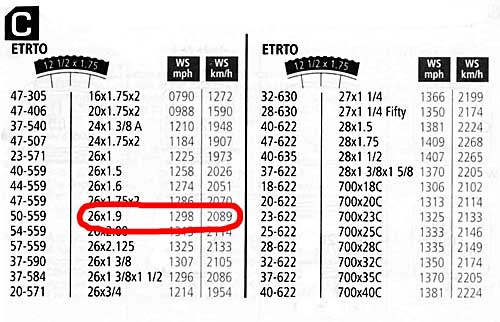 This occurs upon hitting a bump with underinflated tires.
This occurs upon hitting a bump with underinflated tires.
The tube gets squeezed by the rim and tire. This causes the tire to puncture and can even damage the rim.
In addition, flat tires would just slow you down and increase rolling resistance, so they’re not really the most effective.
Either over inflating or under inflating tires can cause different problems20-inch tires can be considered the same as any other tire. They would equally be affected by conditions, such as weight, temperature, under-inflation, riding frequency, and over-inflation.
So, the most reliable way to get the best tire pressure is to just check the number stamped onto the side of the tire. This would be the recommended tire pressure I mentioned earlier.
Regardless of size, shape, or type, it’s always crucial to have tires within this designed range. They’re the safest bet when dealing with unfamiliar tire types.
However, if the range was removed or unreadable, you’d have to do extra work.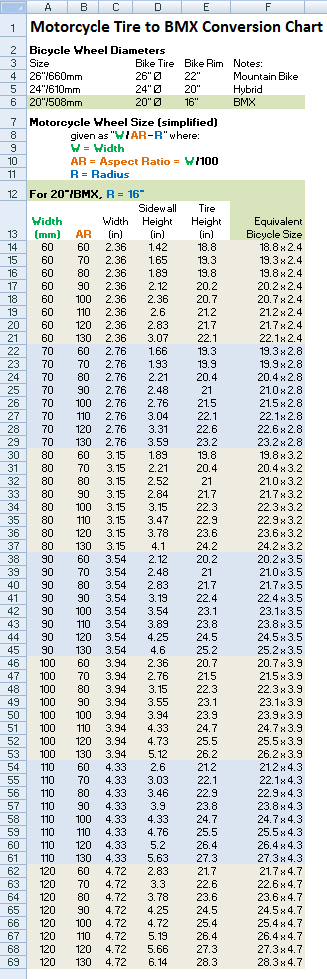
In these cases, I suggest going by trial and error. You can pump up your tires until they’re stiff enough to avoid pinch flats and maintain sidewall strength for stability and cornering.
There’s a logical limit for pressures in every tire type. And, when talking about 20-inch tires, I’d say it’s about 60 PSI with 80 PSI as a maximum limit.
Some people might consider 50 PSI as a “perfect” option. But this is just a matter of taste.
You may want an efficient, comfortable, or durable mountain biking style; different riding styles would just entail varying circumstances.
Wet conditions present unique adjustments to many riders. It isn’t safe to use standard air pressure, so cyclists usually drop their tire pressures for wet conditions.
With that being said, this isn’t really necessary, especially if you have the correct initial tire pressure.
But, if you decide to lower your tire pressure, I don’t recommend doing it by more than 2 PSI.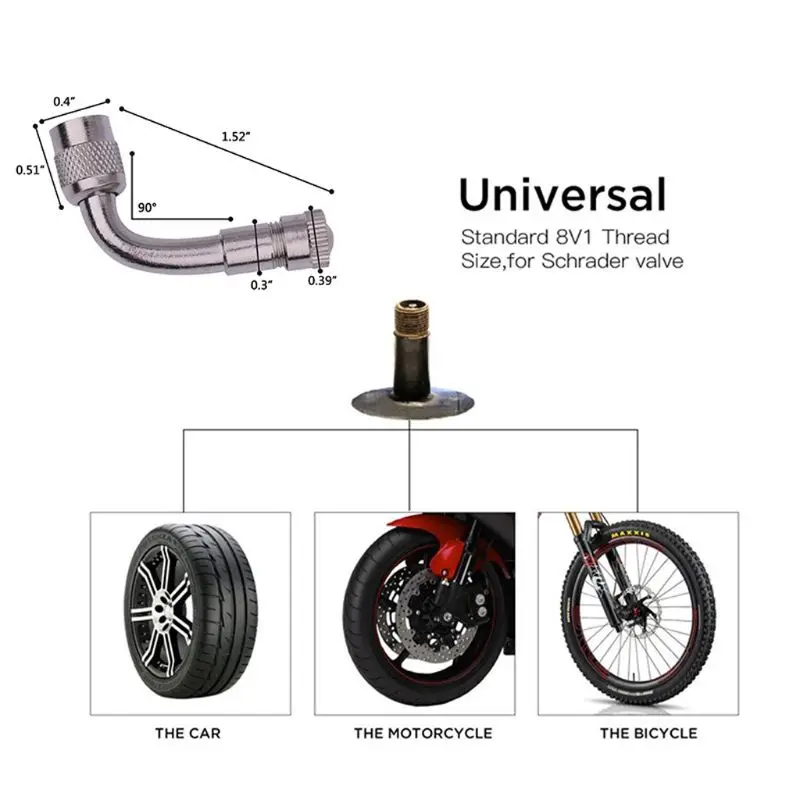 Significant decreases in pressure might make your tire squirm, which results in instability on trails or roads.
Significant decreases in pressure might make your tire squirm, which results in instability on trails or roads.
Since we’re on the topic of tire pressure, it would be fitting to discuss the various types of pumps you might use.
There are two main bike pump options: hand pumps and floor pumps. The following are details on each.
If you’re an enthusiastic rider, willing to put in the extra effort while cycling, hand pumps should be your go-to choice.
Though they aren’t quick and need more work to function, they’re accessible for transport.
You can always have a hand pump on you. They are especially ideal for puncture repair kits during long-distance bike rides.
On the other hand, floor pumps are my recommendation. All of the pros use them, and they’re much easier to attach and pump.
You might even get gauges with some tires. These would eliminate any need to switch from a pump to a standalone gauge.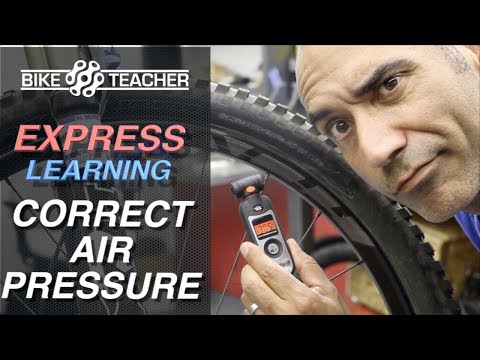 Plus, you wouldn’t have to guess whether your tire is at functioning pressure.
Plus, you wouldn’t have to guess whether your tire is at functioning pressure.
Yet, some experts are still a bit wary of floor pumps with gauges.
In most cases, this is because the accuracy of these gauges can sway and end up even being off by 10 PSI or more.
But, on the bright side, you can always consider the difference between consistent inaccuracies and adjust accordingly.
If you think these calculations are exhausting, you might be considering using an air compressor at your local gas station.
But, since these are meant for cars, they tend to be less accurate and overinflate your tires. So, if you’re looking toward becoming a serious rider, investing in a small pump can go a long way.
And, if you can’t get your hands on some eco-friendly option, you can opt for carbon dioxide inflates as an affordable alternative.
At the end of it all, tires would still leak air over time. Even with a proper set-up for butyl or tubeless tires, leaks would only be less common.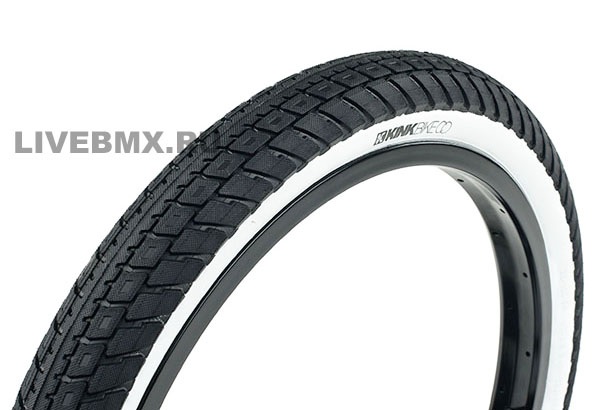
But, they won’t ever be permanently stopped. Whether we’re talking about a few PSI a week or dramatic changes overnight, air always seeps out at random times and due to various reasons.
For example, the depreciation rate could increase due to factors such as increased pressure because of lower temperatures outside.
And some models have even predicted a 2% decrease for every 10-degree drop in Fahrenheit.
So, if you really want to make sure you’re at the optimum riding pressure, I recommend checking your tire pressure as often as possible.
You could check it before every ride, or maybe you’d prefer once a week.
The crucial takeaway is that you should get into the habit of regular top-offs and check-ups, because, if you don’t, your tire pressure is probably going to be wrong for most rides.
20-inch bikes are relatively new on the market. So, many people haven’t really come up with the perfect range for every type of 20-inch tire bike.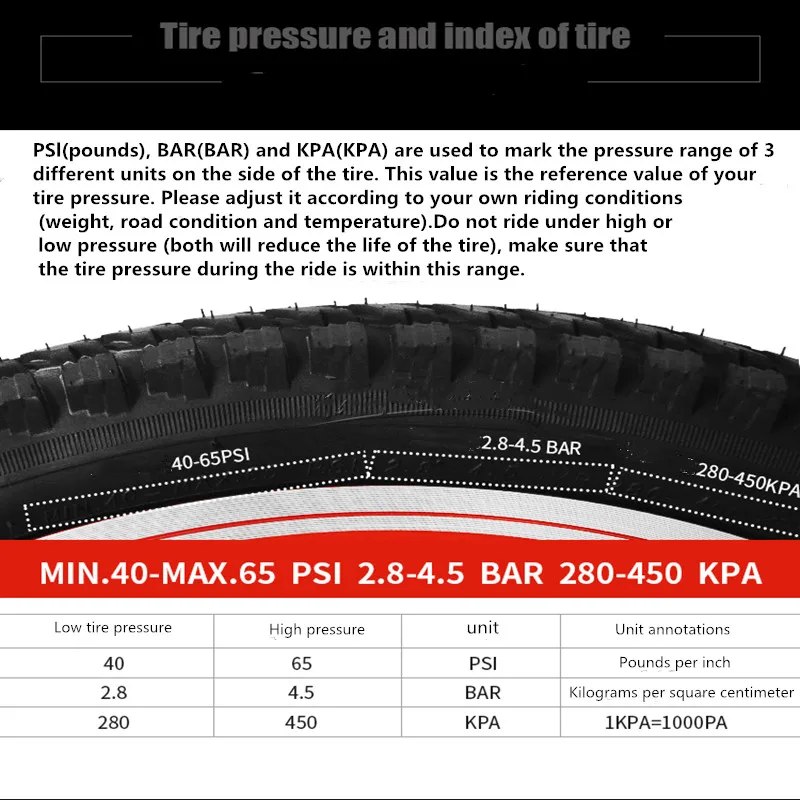
As a result, my recommendation for finding the perfect pressure is to just play and experience with multiple pressures.
Depending on the road, type of bike, and load, you’d have to adjust accordingly. Road cyclists prefer rear-heavy pressure distributions.
However, some people make it work with a 50/50 front and rear distribution.
The bottom line is that tire pressures are unique and personal to every individual. As long as the pressure is within the recommended range of the tire, there isn’t really a perfect PSI for everyone.
If you really want to know what air pressure works for your 20-inch bike tire, you’d just have to go out and find that out on your own. Good luck and happy cycling!
Maintaining correct tire inflation pressure is very important since it helps optimize tire performance and fuel economy while over-inflated tires are just as problematic as under-inflated ones.
In fact, driving with under-inflated tires is one of the biggest causes of tire failure, according to the National Highway Traffic Safety Administration.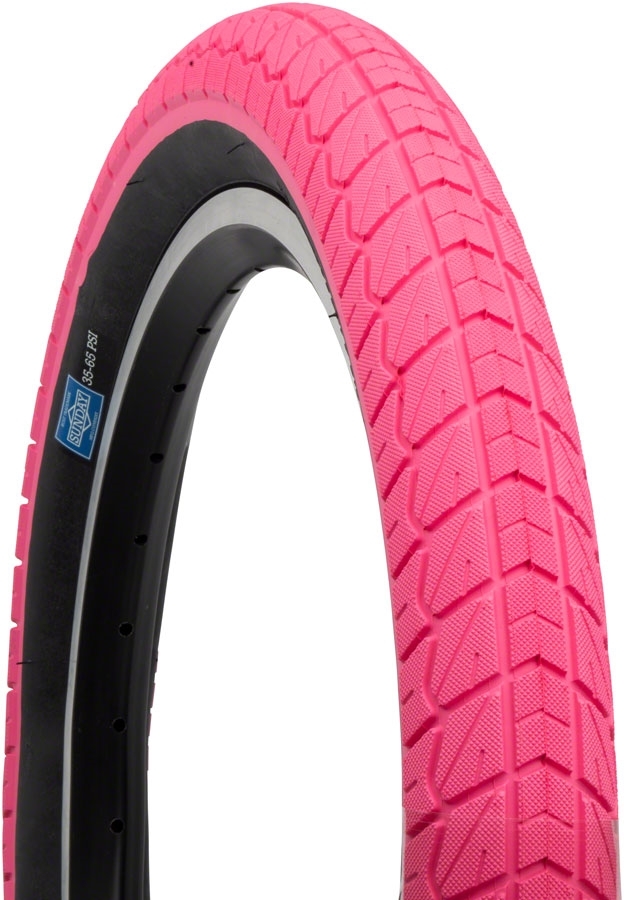
Besides, under-inflated tires can cause many other problems such as wearing out more rapidly, handling poorly and reducing fuel efficiency.
In addition, over-inflated tires are more susceptible to damage from road irregularities, and this also creates a bumpier ride.
Overfilling your tires is just as dangerous as under-filling them, so it’s important you know what is recommended for your vehicle.
This article will give you everything that you need know about your recommended tire pressure. These include:
Buy Pressure Gauge at Amazon
Recommended tire pressure, where to find it?Since tire pressure is so important to your safety and your car’s overall performance, it is important to know which level of tire pressure is right for your vehicle.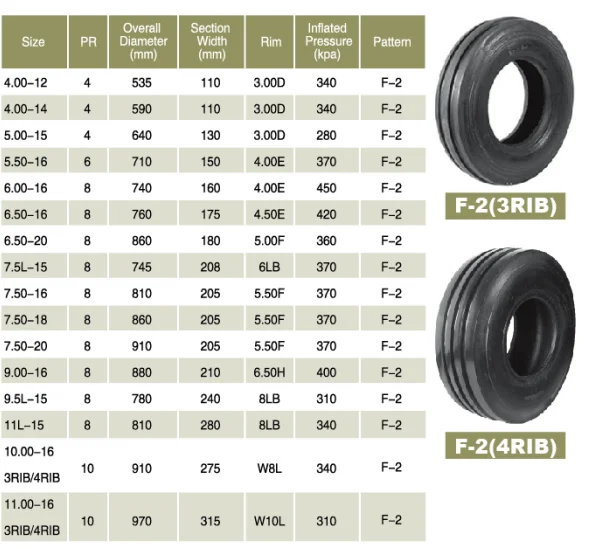
In fact, how much air pressure your tires need depends on several factors, including the type of vehicle, the type of tire and the intended use of the vehicle etc.
Air pressure in tires is measured in pounds per square inch or PSI. You can find your tire pressure both inside your car and on the sidewall of the tire.
How to find recommended tire pressure inside your carYou could find the manufacturer’s optimum or recommended tire pressure for your car on a sticker in the door jam, or in your owner’s manual. Some car models even place the stickers on the trunk lid, in the console or on the fuel door. For best results, look for a placard on the inside of the driver’s door, like the example in the photo below.
How to find maximum tire pressure on the sidewall of your tiresSomewhere on the sidewall of your tire, just below the big, bold letters of the manufacturer, for example, you might have noticed the words ‘Max.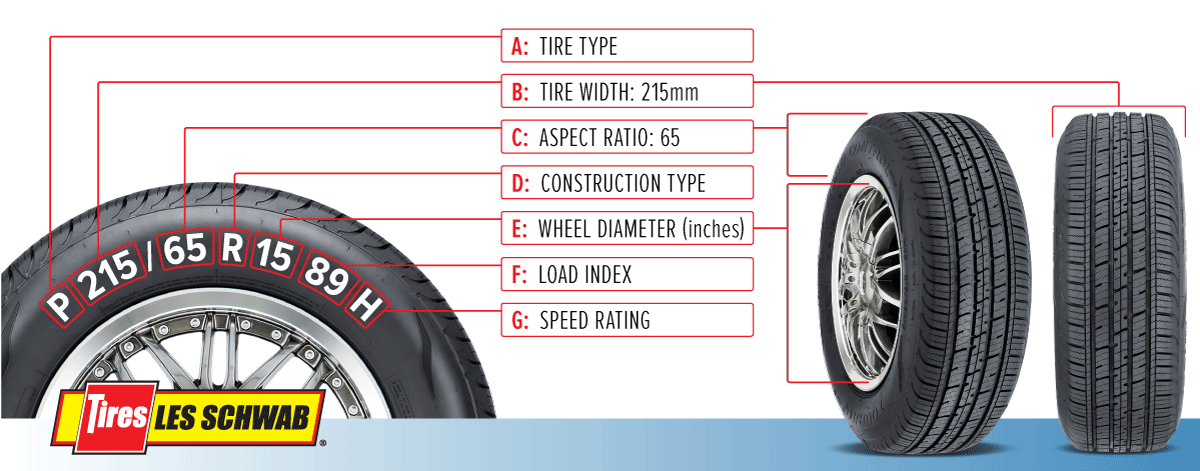 Press. 35 PSI.’ (pounds per square inch).
Press. 35 PSI.’ (pounds per square inch).
That number tells you the maximum cold pressure needed for your tire to carry its maximum load.
Most typical tires require about 32 to 35 pounds per square inch (PSI) of air, says Rod Tate, owner of highly rated Colony One Auto Center in Stafford, Texas.
Large trucks require much larger tires with PSIs of 50 to 60. Heavy-duty vehicles can go even higher. For example, tire in the picture below requires 41 pounds per square inch of air.
However, the tire’s maximum pressure is NOT necessarily the most suitable pressure for every vehicle upon which the tire can be used (almost all vehicle manufacturers’ recommended tire inflation pressures are less than the tires’ maximum pressure).
You really should follow the recommended pressure printed somewhere inside your car or in the manual rather than the maximum pressure. In the next section, I will explain why.
Buy Pressure Gauge at Amazon
Why is maximum tire pressure not the best?If you insist on inflating your tires to the max PSI, there will be more likely that two things below will happen
Since tires inflated to the max cannot give as much on the sidewall, you might see superior cornering, but it could be at the risk of your braking threshold.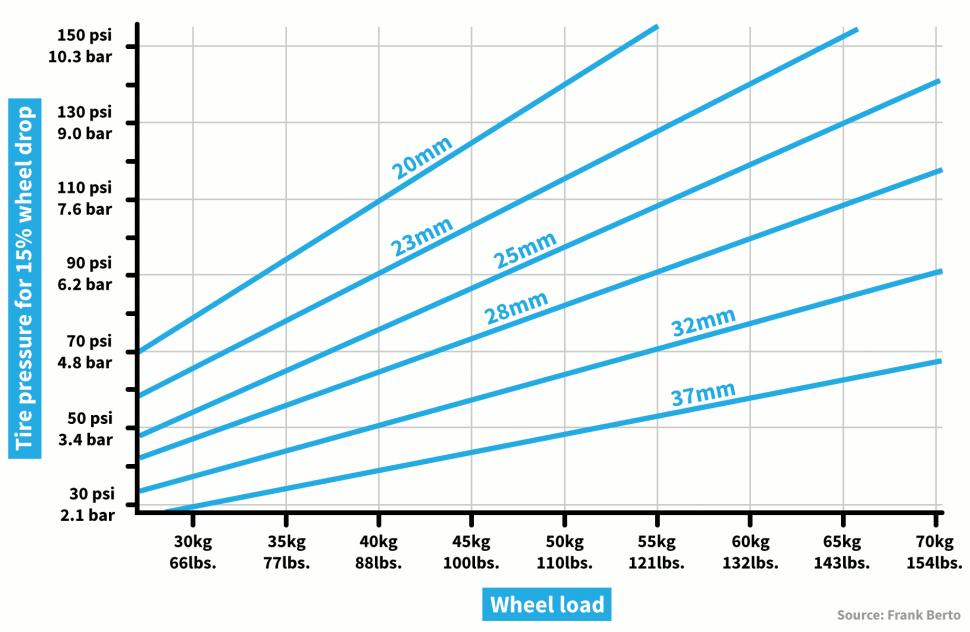 One quick corner and your back end could slide out.
One quick corner and your back end could slide out.
When your tires are inflated too much, the rubber rounds out at the top of the tire when you are driving, and the center will quickly wear out. You will also reduce your traction and you could even cause a blowout.
Therefore, maximum pressure is not the best, rather, recommended pressure is. I need to repeat here that the pressure listed on the sidewall is a maximum pressure only, but not a recommended pressure. Instead, you should use the air pressure recommended in the vehicle’s owner’s manual or tire information placard label.
How to check your tires pressure?Therefore, maximum pressure is not the best, rather, recommended pressure is. I need to repeat here that the pressure listed on the sidewall is a maximum pressure only, but not a recommended pressure.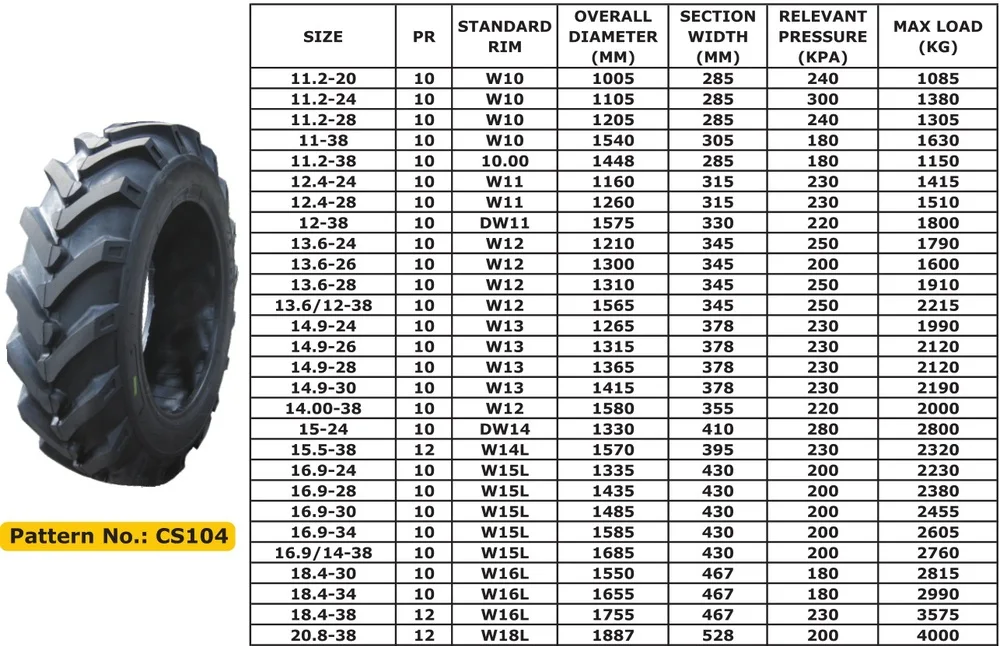 Instead, you should use the air pressure recommended in the vehicle’s owner’s manual or tire information placard label.
Instead, you should use the air pressure recommended in the vehicle’s owner’s manual or tire information placard label.
After knowing the most appropriate pressure for your car tires, you should check whether your tires have such pressure. In addition, checking the pressure of your tires regularly is one of the most important – and most often overlooked – regular maintenance that you should do to ensure your safety and quality of your driving. Monitoring the amount of air in your tires will let you know if you have a small leak and can help you avoid an unexpected flat tire.
Frequently checking your PSI becomes even more important in the fall and winter, when outside temperatures drop and weather conditions fluctuate causing your tires to lose air more quickly. Generally speaking, your tire will gain or lose one PSI for every 10-degree change in temperature, which means if you have a sudden drop of 30 degrees, you could lose three PSI overnight. If your tires were already low, this could cause tire damage, steering problems or even a flat tire.
Some experts recommend that you should check the air pressure every time you refuel; others say once a month is sufficient.
How to check tire pressure properly? Checking tire pressure is easy. You can do it right at home or at the gas station. Just be sure you check the pressure when your tires are cold, or have not been driven in several hours. This will give you the most accurate reading.
The most important piece of equipment you need is an accurate tire pressure gauge. You can find battery-operated digital gauges, or more traditional stick-type gauge found at most gas stations. A good gauge should not set you back more than $15 – a worthwhile investment for a longer life for your tires.
Buy Pressure Gauge at Amazon
Make sure you have your manufacturer’s PSI handy when you are checking your tire pressure, and then follow these steps:

By checking tire pressure once a month, you will get a good idea how they are performing. If your tires are fairly new and continue to leak air, you should consult your dealer or mechanic. You may have a faulty valve or other damage that is difficult to detect which could unfortunately result in the need to replace the tires completely.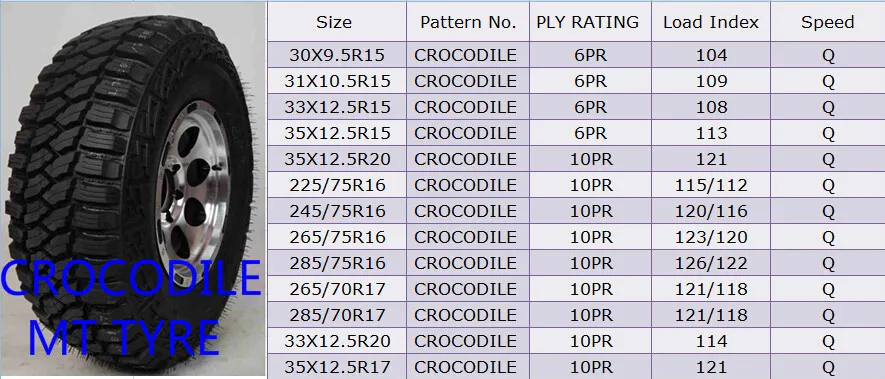 But with proactive maintenance, you could catch an issue before it becomes a problem, and just end up needing a small repair.
But with proactive maintenance, you could catch an issue before it becomes a problem, and just end up needing a small repair.
Often, it is hard to spot an under-inflated tire until it is too late – in other words, it is completely flat. Of course, you could carry a gauge around at all times to measure the pressure, but that is not exactly convenient. Instead, watch for these signs and symptoms of tires that are under-inflated.
When your tires are under-inflated, your ride can be less smooth than usual. You may even find that it takes longer to brake.
When a tire is not inflated properly, it wears down more quickly. If you notice that one or all of your tires are wearing out faster than usual, it may be because they are under-inflated.
Tires that are under-inflated can make your vehicle quiver and shake, which is not a pleasant driving experience.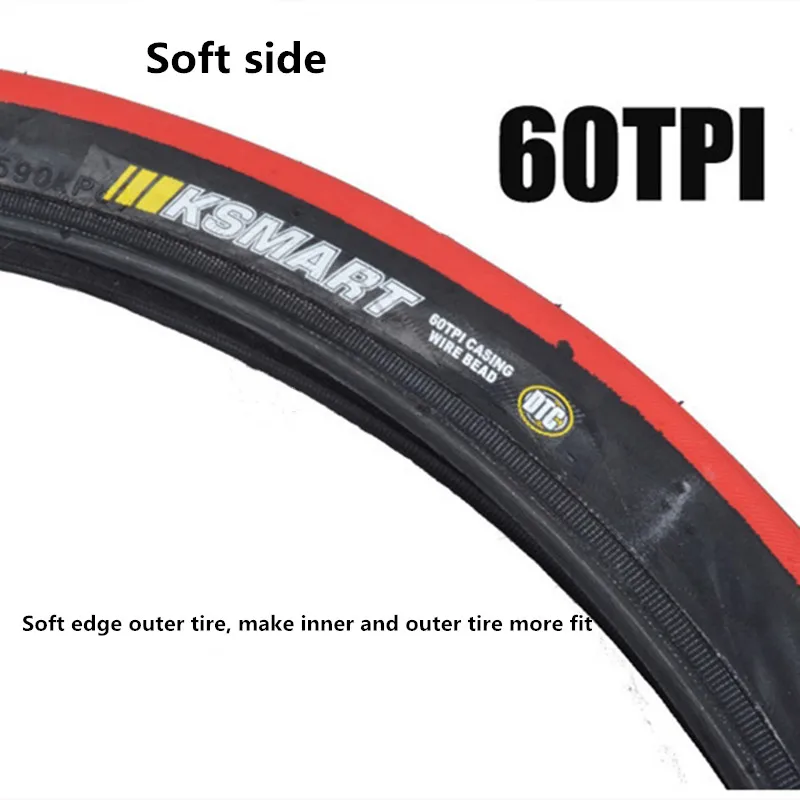 Under-inflation can even cause tires to become misaligned, with comes with it is own variety of problems.
Under-inflation can even cause tires to become misaligned, with comes with it is own variety of problems.
These are all things that you need to know about recommended pressures of your car tires. After reading this article, you will never confuse about the right pressure of your tires and will know how to check it.
Please share your ideas with me if you have other tips for this.
Contents
Do you need to convert 20 psi to kPa? We have a solution! 20 pounds per square inch equals 137.895 kPa, which is the same as saying that 20 pounds per square inch equals 137.895 kPa.
What if you don't have exactly 20 psi? We know that 20 psi equals 137.895 kPa, but how do you convert psi to kPa? It's simple! Use our 20 psi to kPa unit converter to convert pounds per square inch to kilopascals, one psi at a time. nine0003
Use our free 20 psi to kPa converter to quickly calculate how many psi to kilopascals.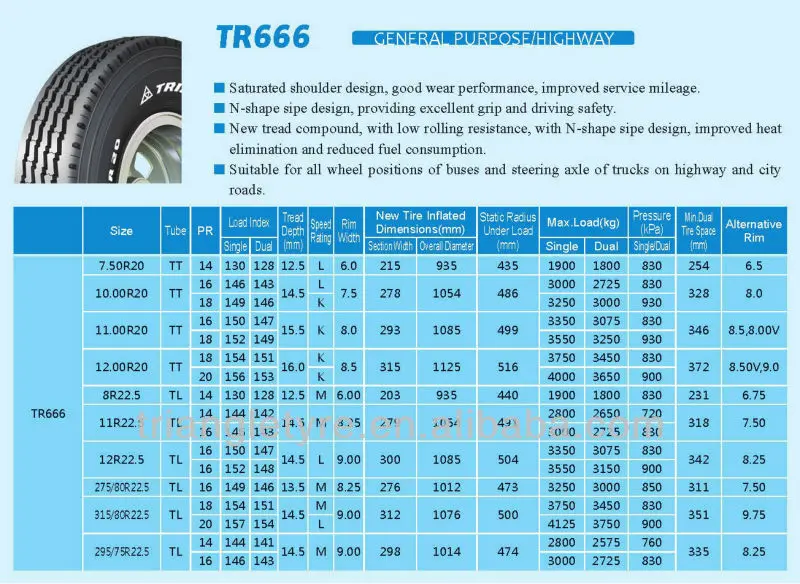 Just enter how many pounds per square inch you have and we'll convert it to kilopascals for you.
Just enter how many pounds per square inch you have and we'll convert it to kilopascals for you.
Looking at the 20 psi to kPa converter, you will see that we have entered a value of 20 psi. This gives us the solution 137.895 kPa. This is the answer to 20 psi in kPa. 20 pounds per square inch equals 137.895 kPa.
Now it's your turn! Enter the number of pounds per square inch and we will convert it to kPa. Pounds per square inch to kilopascals is easy, no matter how many psi you have. Whether you have 20 kPa, 40 PSI, 50 PSI or 100 PSI, we have all the answers for you.
People often have specific questions about converting pounds per square inch to kilopascals. Here are answers to some of the most common conversions and questions people have about converting psi to kPa. nine0003
Pounds per square inch, psi for short, is a unit of pressure.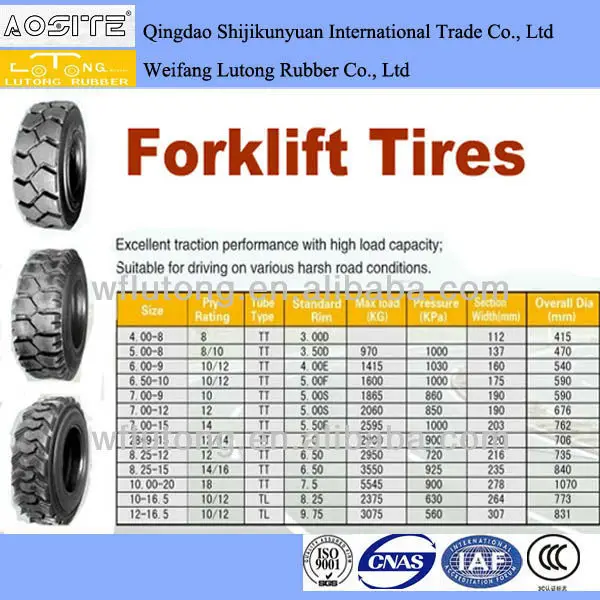 The definition of pounds per square inch is the pressure resulting from the application of a force of one pound to an area of one square inch. Psi is a non-systemic unit, while Pascal (Pa) is an SI unit.
The definition of pounds per square inch is the pressure resulting from the application of a force of one pound to an area of one square inch. Psi is a non-systemic unit, while Pascal (Pa) is an SI unit.
You'll typically see psi readings in tire pressure, pump pressure, fuel tanks, hydraulics, non-system integrator industrial applications, and the life sciences. nine0003
The kPa pressure unit is kilopascal. A kilopascal is a pressure of 1,000 newtons per square meter. This makes sense because pressure is equal to force per unit area, in this case newtons per square meter.
In base SI units, the kilopascal is equal to 1,000 kilograms per meter per second squared. This is a multiple of the pressure unit Pascal, which is equivalent to one newton per square meter (N/m2). The Unit of Pascal is named after Blaise Pascal, French mathematician, physicist and philosopher. nine0003
Kilopascals (kPa) is the standard unit of pressure in countries using the International System of Units (SI units).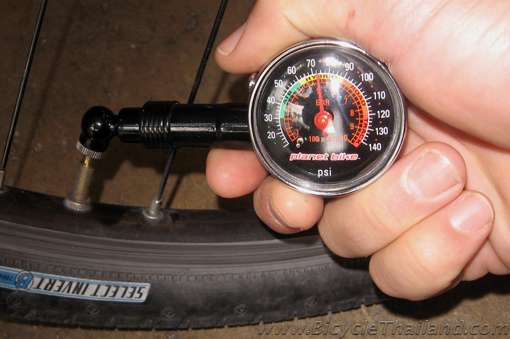 In scientific circles, kilopascals are used in chemistry, engineering, hydraulics, physics, and geophysics. You will encounter kPa in daily life when measuring tire pressure, checking water pressure, measuring air pressure, and inspecting pressure tanks.
In scientific circles, kilopascals are used in chemistry, engineering, hydraulics, physics, and geophysics. You will encounter kPa in daily life when measuring tire pressure, checking water pressure, measuring air pressure, and inspecting pressure tanks.
In countries using the imperial system of measurement or US Customary Units, psi is the preferred unit of pressure. nine0003
You have two options for converting pounds per square inch (psi) to kilopascals (kPa). The first option is to multiply pounds per square inch by 6.8947572932, which is the number of pounds per square inch in one kPa. The second option is to divide psi by 0.1450377377. Both approaches will give you the correct psi value.
No, one pound per square inch (psi) is less than one kilopascal (kPa). There are 6.89 in pounds per square inch47572932 kilopascals, but one kilopascal (kPa) is only 0.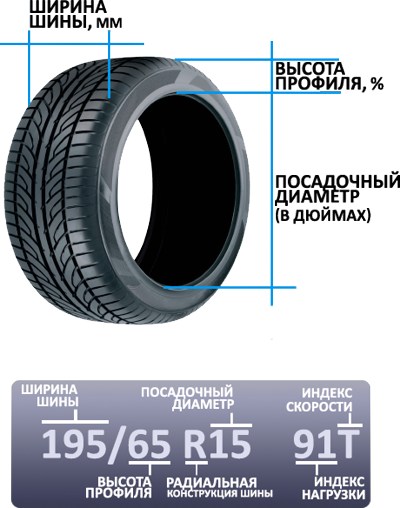 1450377377 pounds per square inch (psi).
1450377377 pounds per square inch (psi).
No, psi is not the same as kPa. 1 psi is equal to 6.8947572932 psi.
Normal pressure barometric range is 14.2137 to 15.229 psi. Normal pressure range is 98 kPa and 105 kPa in kilopascals.
Normal pressure at sea level is 101.32075 kPa, which is equal to 14.69533 pounds per square inch.
To convert tire pressure from psi to kPa, divide psi by 0.1450377377 or multiply psi by 6.8947572932. The result will be your answer in kPa.
Typical tire pressure in kilopascals is between 193 and 234 kPa.
A variety of pressure gauges and pressure gauges are available for measuring pressure in pounds per square inch (psi value). Commonly used pressure gauges include a pressure gauge, digital pressure gauge, Bourdon gauge, hydrostatic gauges, capsule dial gauges, strain gauges, thermocouple, hot cathode, or cold cathode.
1 psi to kPa (answer + free calculator)
Need to convert 1 psi to kPa? We have the answer to your question about converting pressure from psi to kPa, as well as an easy-to-use calculator!
10 psi to kPa (answer + free calculator)
Need to convert 10 psi to kPa? We have the answer to your question about converting pressure from psi to kPa, as well as an easy-to-use calculator! nine0003
14.7 psi to kPa (answer + free calculator)
Need to convert 14.7 psi to kPa? We have the answer to your question about converting pressure from psi to kPa, as well as an easy-to-use calculator!
15 psi to kPa (answer + free calculator)
Need to convert 15 psi to kPa? We have the answer to your question about converting pressure from psi to kPa, as well as an easy-to-use calculator! nine0003
30 psi to kPa (answer + free calculator)
Need to convert 30 psi to kPa? We have the answer to your question about converting pressure from psi to kPa, as well as an easy-to-use calculator!
Buying a lot of bicycle, buy think about the fact that the convenience and comfort when riding it is achieved by properly selected tire pressure.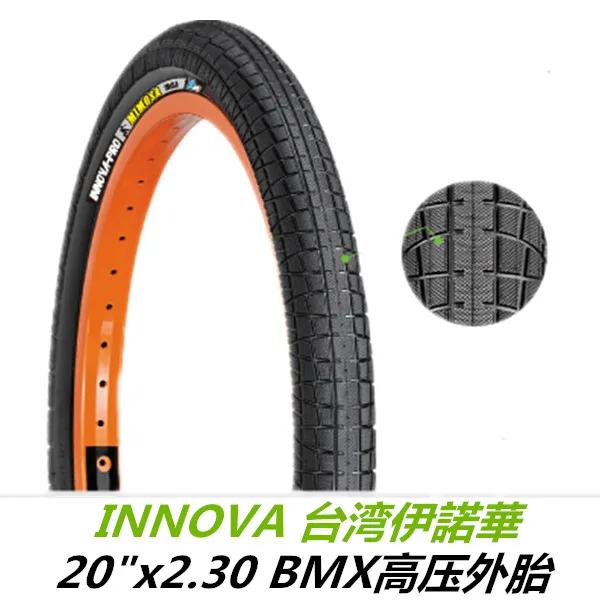 The service life of the bicycle, the speed of riding, the degree of tire wear, safety, control of the two-wheeled friend depends on how the wheels are inflated. nine0003
The service life of the bicycle, the speed of riding, the degree of tire wear, safety, control of the two-wheeled friend depends on how the wheels are inflated. nine0003
Many cyclists believe that inflating the tires is only necessary for a good bike ride. However, flat tires have a wider area of contact with the road, which means that grip will be better, but it will be very difficult to accelerate to a speed of 30-35 km / h on such tires.
When inflating your tires, you should always consider the type of terrain or surface you will be driving on. If the walk is supposed to be on an asphalt road, the tire pressure of the bicycle should be close to the maximum allowable value. Elastic wheels on a flat surface will provide a smooth rolling and high speed of movement. nine0003
For cross-country riding with unpaved paths, it is better to set the tire pressure to medium tolerable, so that you can ride long distances in comfort and convenience. At high pressure, the grip of the wheel with the road will be minimal, respectively, all holes, pebbles, and bumps on the road will be sensitive. And with flat tires, the likelihood of damage to the wheel or puncture of the chamber increases.
At high pressure, the grip of the wheel with the road will be minimal, respectively, all holes, pebbles, and bumps on the road will be sensitive. And with flat tires, the likelihood of damage to the wheel or puncture of the chamber increases.
In order to protect yourself on the road, as well as to keep the bicycle or its individual parts intact, you need to know exactly the lower and upper limits of permissible values, to what pressure the bicycle wheels can be pumped. nine0003
Information about tire pressure gives you an advantage when cycling:
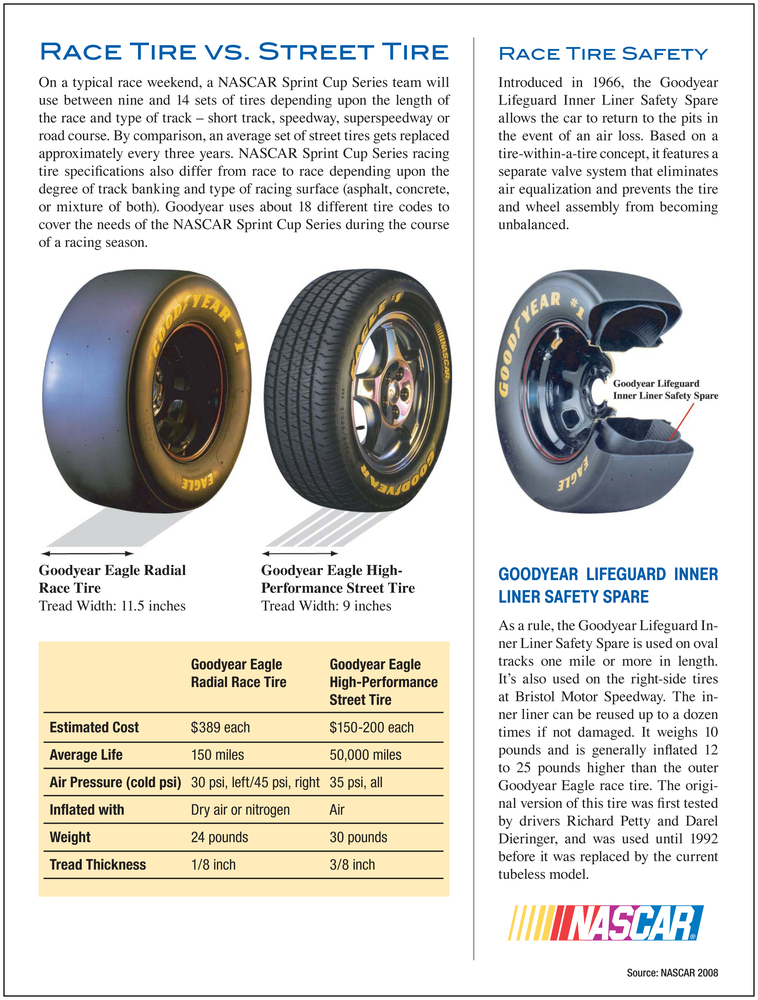
Forget the old "grandfather" way to check the wheel with your fingers. No need to rely on tactile sensations, trying to feel with your hand the degree of rubber penetration on the tire. The air leaves the wheel gradually, through the pores in the rubber. Within 2-3 weeks, the pressure decreases by 0.1-0.2 atmospheres, but you cannot determine this with your fingers. The exact value at any time will help determine the pressure gauge that every cyclist should have in his arsenal. With its help, it is simple, with a minimum error, the level of pressure in bicycle tires is measured. A pump with a pressure gauge (floor or manual) will become an indispensable tool for cyclists. nine0003
There are three standard values in which bicycle tire pressure is measured.
kPa = 14.504 PSI
All these units are used to some extent - in different countries, by different manufacturers.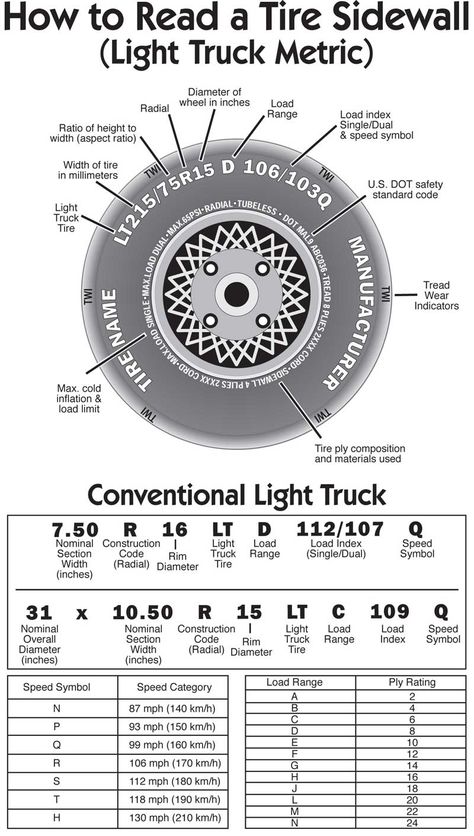 For residents of Russia and the post-Soviet space, the change in bars is more familiar, since this unit is clearly associated with the pressure of the 1st Earth's atmosphere at ocean level. In America and Western Europe, a popular unit is PSI, as they actively use pounds and inches in measurements. Pascals are the least used unit of measurement, but the most modern. Some bicycle manufacturers write data on the wheels about the allowable pressures in all three systems. nine0003
For residents of Russia and the post-Soviet space, the change in bars is more familiar, since this unit is clearly associated with the pressure of the 1st Earth's atmosphere at ocean level. In America and Western Europe, a popular unit is PSI, as they actively use pounds and inches in measurements. Pascals are the least used unit of measurement, but the most modern. Some bicycle manufacturers write data on the wheels about the allowable pressures in all three systems. nine0003
Manufacturers indicate on the sidewall of the tire how many atmospheres to pump the bicycle wheels. Specifies the range within which the owner of the "iron horse" determines the desired values, depending on the specific factors of riding his bike. Values in the range are labeled from min to max, in two or all three dimensions. Numbers up to 10 are atmospheres (or BAR), tens-hundreds are PSI, and six-digit values \u200b\u200band with the prefix “k” / kilo are Pascals. nine0003
When inflating a tire, you must strictly follow the manufacturer's recommendations and try not to go beyond both the minimum and maximum pressure levels indicated on the tire.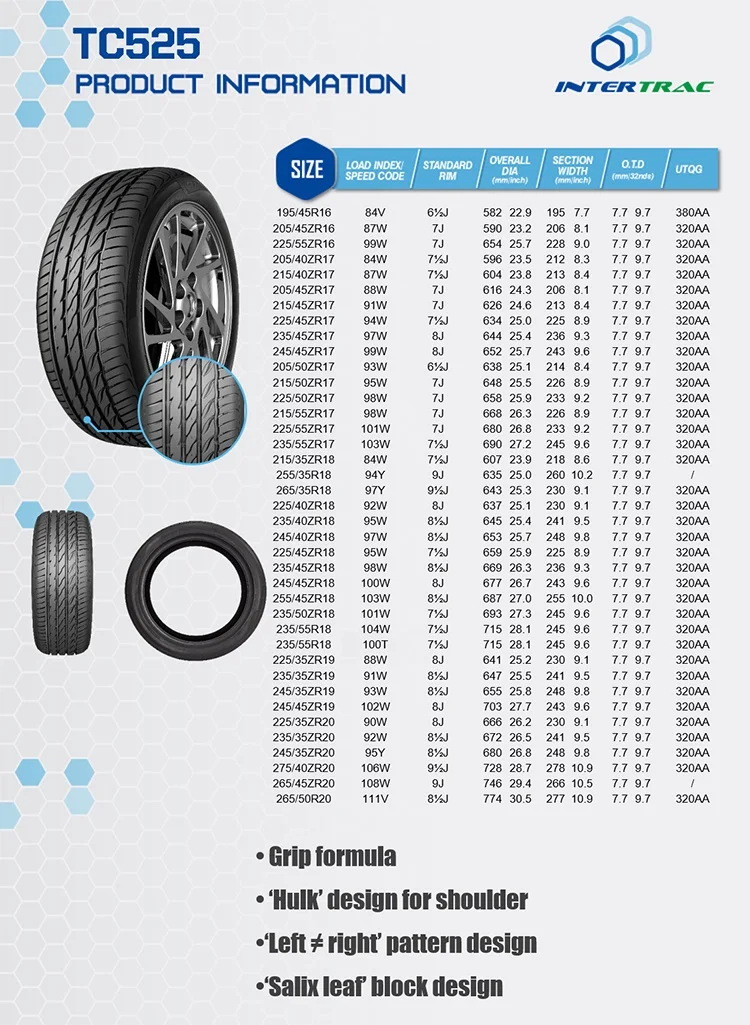 Moreover, it is better to leave a small margin of 0.2-0.5 BAR, both in one direction and in the other, so that the tire does not burst.
Moreover, it is better to leave a small margin of 0.2-0.5 BAR, both in one direction and in the other, so that the tire does not burst.
The pressure in the wheel is kept by the tire, not the tube, so there is no single standard for its value. There are several significant factors that determine how much you need to pump the wheels on a bicycle. nine0003
The type of tire is determined by the surface of the track on which the cyclist will predominantly ride. Accordingly, the level of inflation of the bicycle wheel will be different. There is a direct dependence on the roughness of the tread and the width of the wheel - the more lugs and the wider the wheel, the lower the pressure should be. Empirically, cyclists quickly determine how many atmospheres should be in the tires of their bike
Many cyclists do not realize that air temperature affects the pressure level in bicycle tires.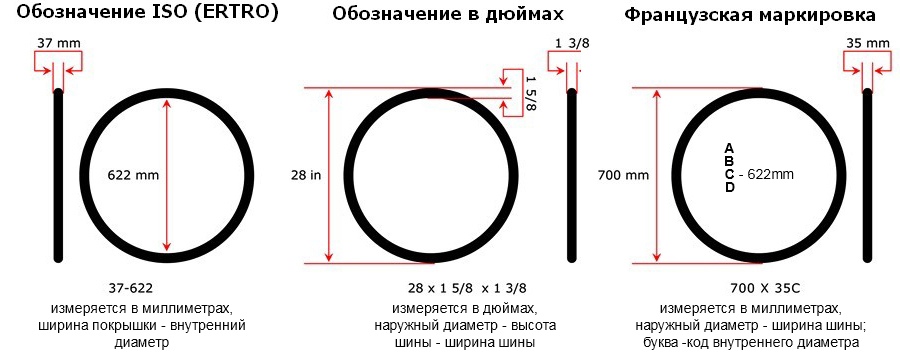 From the course of school physics, we recall that when heated, bodies expand. This means that in hot sunny weather, the pressure inside the air chamber will increase without additional pumping. Conversely, on cold winter days, a decrease in tire pressure is quickly felt due to low temperatures. So, when going for a bike ride in the cold season, the pressure indicators need to be adjusted a little higher than usual, and in the summer heat, let the air out a little. It is worth noting that when going on a bike ride, you should always take into account the weather conditions. nine0003
From the course of school physics, we recall that when heated, bodies expand. This means that in hot sunny weather, the pressure inside the air chamber will increase without additional pumping. Conversely, on cold winter days, a decrease in tire pressure is quickly felt due to low temperatures. So, when going for a bike ride in the cold season, the pressure indicators need to be adjusted a little higher than usual, and in the summer heat, let the air out a little. It is worth noting that when going on a bike ride, you should always take into account the weather conditions. nine0003
It is important to take into account the load on the bike created by the weight of the rider, especially the fact that most of it is on the rear wheel. Therefore, the degree of its pumping should be slightly higher than the front, the optimal difference is 10%.
To calculate the optimal tire pressure for a bicycle, given the weight of its rider, you can use the table:
Rider weight (kg) Pressure (atmosphere) Pressure (PSI)
The nature, riding style and type of bike also affect tire pressure.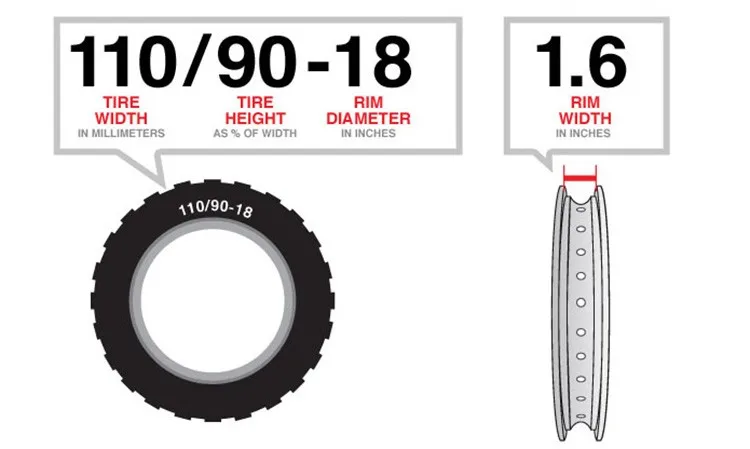 Buyers who prefer an active pastime often opt for mountain bikes with 26-inch wheels, which ride well both on city streets and in rough terrain.
Buyers who prefer an active pastime often opt for mountain bikes with 26-inch wheels, which ride well both on city streets and in rough terrain.
To understand to what pressure to inflate the wheels of a bicycle, it is necessary to take into account the features of both the bike itself and other, at first glance, weightless factors. For example, weaving threads on a tire, rim thickness, driving style. The likelihood of a tire coming off a wide rim is much less than a narrow rim, because a wider rim will hold the tire better than a thin one. Mountain biking already by its name suggests the presence of a difficult surface on the track, with possible obstacles and bumps. The driving style is more aggressive than on a smooth, calm trajectory, it obliges you to increase the tire pressure to a level slightly less than the upper limit. nine0003
The diameter of the wheel will also affect the selection of the optimal pressure value, since the larger it is, the higher the volume of air pumped will be.